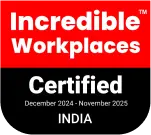

Geomembrane liners have become the game-changer in the lining solutions of reservoirs, embankment dams, canals, and other structures that hold water, in the new world of water conservation and infrastructure resiliency. Their unsurpassed impermeability, chemical inertness, and durability over time are the factors that make them the solution of choice by engineers, contractors, and environmental consultants.
Yooil Envirotech is an engineered solution provider in high-performance materials such as bituminous geomembrane (BGM) to provide a solution to the challenging aspects of waterproofing and erosion control in large-scale hydraulic structures. So, let us go into the details of best practices in geomembrane applications in reservoirs and embankment dams.
A geo membrane is a synthetic liner or barrier with low permeability installed to manage the movement of fluids or gases in an artificial project, structure or system. It is usually made from polymers like HDPE, LDPE, PVC, or advanced formulations like bituminous geomembrane. These geomembranes provide a reliable waterproofing solution.
Geomembranes are uniform, strong, and stable over time unlike natural material like clay. These attributes qualify them to be used in critical containment situations.
Reservoirs and dams are made to store large amounts of water to be used in irrigation, hydroelectric power and portable supply. Seepage of water through earthen dams and reservoirs may cause serious structural hazards, valuable water loss as well as environmental hazards. Here geomembranes installation becomes essential.
Among the great number of polymer-based liners, the bituminous geomembrane (BGM) can be singled out due to its hybrid character and performance. A BGM is typically composed of a reinforced geotextile impregnated with elastomeric bitumen and is thus flexible and very resistant to puncture.
At Yooil Envirotech, our proprietary BGM systems are tailored to meet project-specific demands, ensuring long-term efficiency and compliance with international standards.
For optimal performance, the installation process of geomembranes must follow precise engineering standards and quality control protocols. Here's a step-by-step overview of best practices:
Before liner deployment, the subgrade must be:
Anchoring the geomembrane at the top of embankments is crucial. A typical anchor trench is a trapezoidal cut where the liner is buried to resist pull-out due to water pressure or environmental loads.
Depending on the project, geomembranes may be:
Yooil Envirotech maintains a strict QA/QC regime throughout the geomembrane installation phase:
Proper documentation and real-time monitoring using digital quality logs ensure long-term traceability and maintenance plans.
When designing geo membrane-lined reservoirs and dams, engineers must factor in:
Bituminous geo membrane is particularly favored for its resilience in cold and alpine regions due to its superior flexibility under freezing conditions.
With over two decades of experience, Yooil Envirotech has been at the forefront of delivering turnkey water infrastructure solutions globally. From Korea to India, our advanced geomembrane systems have been successfully deployed in:
We don’t just provide materials—we offer end-to-end engineering, installation, and lifecycle support, ensuring your project is built to perform and built to last.
The integration of geo membrane, especially bituminous geomembranes, into the design and construction of reservoirs and embankment dams represents a smart, sustainable, and cost-effective approach to water management. When paired with expert geomembrane installation services from Yooil Envirotech, these solutions ensure maximum operational efficiency, safety, and environmental compliance.
Whether you're planning a new hydraulic structure or upgrading an existing one, let Yooil Envirotech be your partner in innovation and performance.
Contact us today to learn how we can help waterproof your future.
